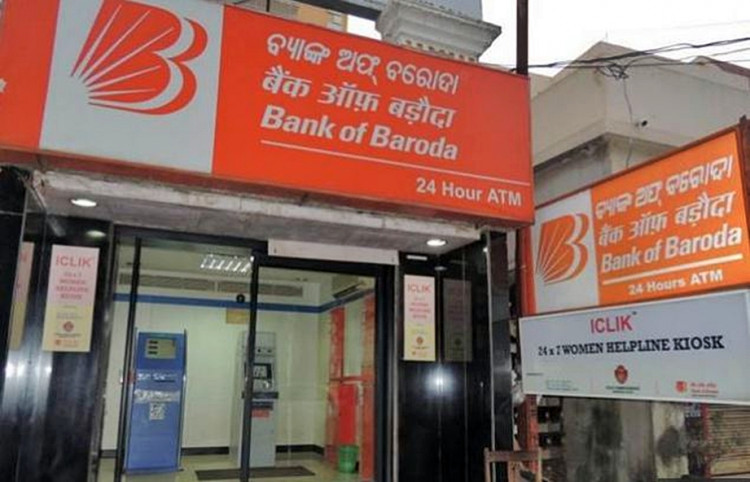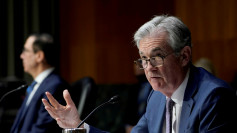The government of Prime Minister Narendra Modi still hopes its plan to merge three public sector banks will create the country's third-biggest lender and not its biggest white elephant.
The Modi government on Monday announced plans to merge three state-owned banks: the debt-laden Dena Bank based in Mumbai and nationalized in 1969; Vijaya Bank based in Bengaluru and known for its emphasis on financial inclusion and Bank of Baroda (BoB) of Gujarat, which is India's second largest bank measured by assets. The boards of the three banks will have to decide on the merger, however.
The government said the merged entity will have total assets of more than US$190 billion. It will have outstanding loans of $80 billion and 9,489 branches, the second-largest among Indian banks. The entity will also become India's third-largest lender behind the State Bank of India and HDFC Bank -- and perhaps one of its more problematic.
A committee headed by Finance Minister Arun Jaitley recommended consolidating all three banks, according to banking secretary Rajiv Kumar. Kumar also made the incredible claim the government will ensure there are no job losses from the merger.
Bank unions blasted Kumar's claim, saying job losses are inevitable in any merged enterprise. They also allege the merger is an effort to cover-up the massive spike in non-performing loans (NPLs) or bad debts incurred by the three banks.
Bad debts are a huge problem for Dena Bank, which the Reserve Bank of India or RBI (the central bank) barred from lending funds on account of its huge NPLs. Indian banks are weighted down by more than $210 billion in NPLs on their balance sheets, said the government.
The Modi government claims a larger, better-capitalized bank will have more clout in dealing with delinquent borrowers. It will also have the ability to absorb losses as banking sector regulators try to mitigate the world's worst bad loan ratio after Italy. These merged banks should also have the inevitable ability to increase and expand.
Public sector banks like the trio are estimated to account for 90 percent of NPLs. Of the 21 public sector banks, 11 are in an emergency program (including Dena Bank) supervised by the RBI. The program restricts new lending, among other penalties.
Despite the checkered history of the three banks, the merger would be looked on favorably by investors since the government seems intent on giving the merged entity adequate capital support. The Modi government has previously said it doesn't want to merge weak banks.





